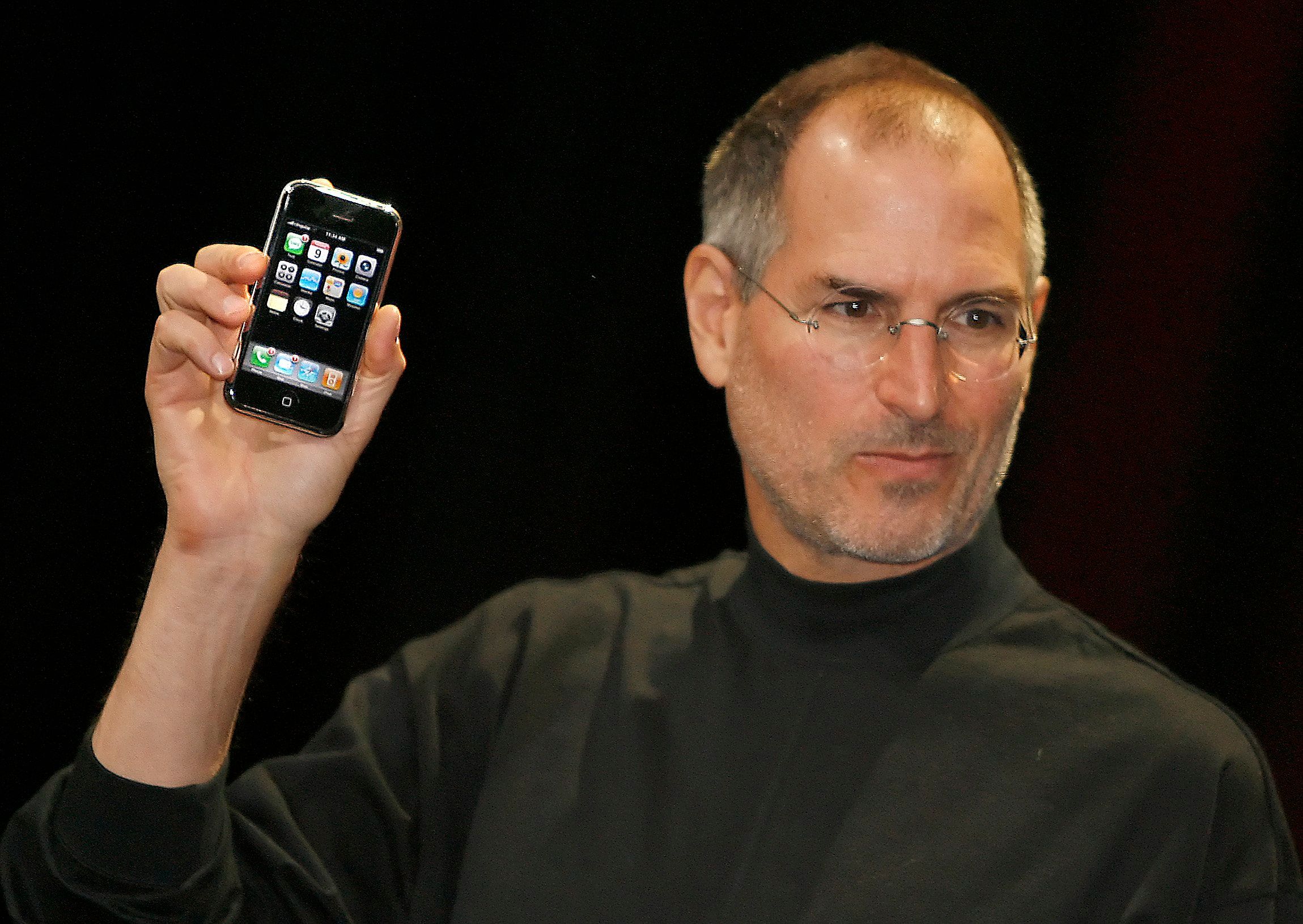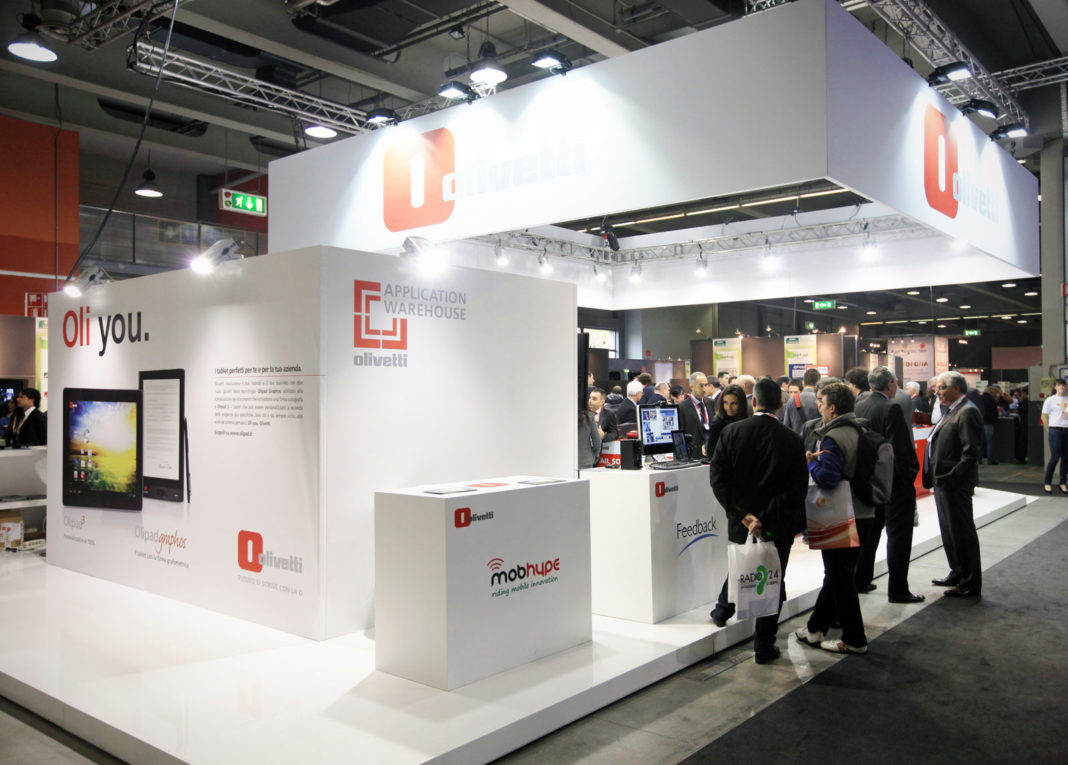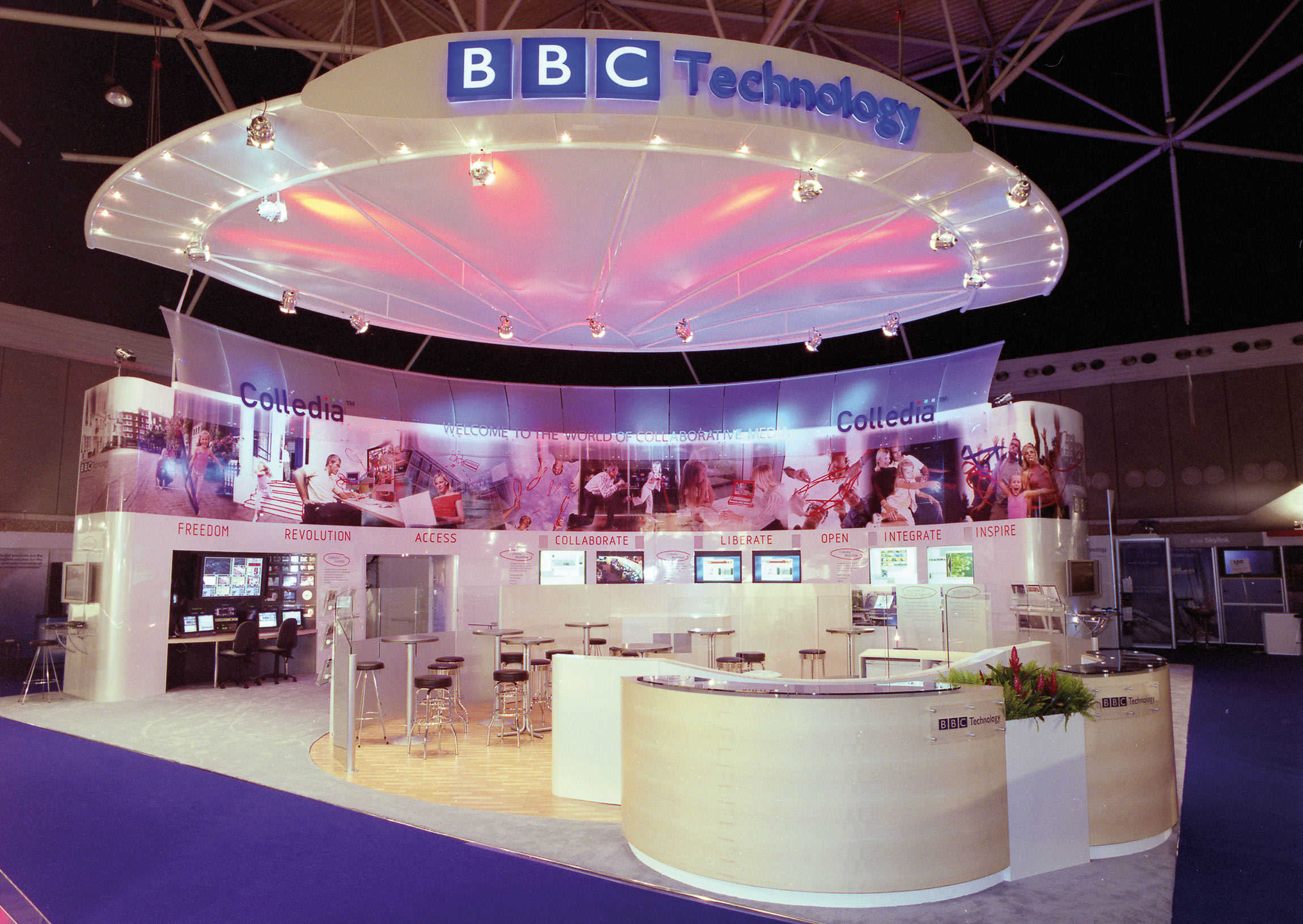In 2008 the number of things connected to the internet exceeded world population (Digital Catapult).
Ten years on and the Internet of Things (IoT) is a phrase that is commonly heard across our events and tradeshows. But what is it and how can you use it to maximise results at your future shows?
The IoT broadly refers to connecting devices over the Internet and allowing them to talk to each other, apps and importantly us. With the number of connected devices predicted to have grown to between 20-100 billion by 2020, how customers consume and interact with your content at future shows and exhibitions are set to change.
As technologies continue to develop some IoT devices looks set to provide exciting ways to help you stand out, increase customer engagement and capture data. Below are four exciting IoT technologies that could be popping up at one of your future events.
1. Track customers from entry to exit
As Wifi Location Analytics services such as that provided by Euclid continue to develop, they’re making it easier to track the journey of customers during events and shows. Doing so by detecting radio waves submitted from mobile phones this technology creates the opportunity to capture invaluable data at your next event.
Your customer inflow, the wait time of customers at advertising displays and levels of traffic, can all be measured and analysed to help you generate optimal levels of engagement. Using this new data, it’s about to become a lot easier to manage and improve your setup, event marketing, product positioning, and the customer journey all with real-time changes.
2. Measure human emotions
Integrating VR into your shows is a fantastic and exciting way to engage your audience. It can now also be a great way to collect data on the emotional response consumers are having to your VR content. UK start-up emteq have developed FaceTeq, a facial sensing machine learning platform that clips into VR headsets. The tech can be used to generate invaluable consumer insight into your products and brand, captured in an engaging and lighthearted way. Capturing real-time data also makes it possible for changes to be made to your VR content there and then. Switch it up to reflect the responses you’re getting!
3. Sound signage
Revealed at CES 2018 Metasonics new technology offers ultra-high fidelity control over sound, allowing your business the opportunity to shape and direct audio messages at events in the future. Like never before you could be able to target personalised broadcasts directly to individuals amongst a crowd. Used in connection with mobile phones and other devices within the IoT these messages can be carefully created using gathered data to ensure maximum results.
4. Bluetooth Beacons
Already employed by major US retailers such as Urban Outfitters and Macy’s, Bluetooth beacons such as those are creating new opportunities to increase customer engagement. Able to send out signals to mobile phones connected to Bluetooth it is possible to send out more efficient, location-targeted messages and alerts. Instead of contacting customers before your event, remind them of your presence and of attractions at optimal times. Deliver alerts, promotions and fresh content on their arrival or just as they’re approaching your stand! Bluetooth beacons are a super simple technology ready and waiting to help you stand out from the crowd.
https://www.blueupbeacons.com/index.php?page=case
https://estimote.com/products/
Whether in the early stages of development or already on the market – what’s for sure is IoT is set to shake up how your business generates leads and data at future events. To find out more about how our team and the IoT can help you deliver a memorable and compelling design at your next show, please email hello@i3-uk.com
Recent Posts
- How to make Instagram work for your trade show
- Create your brand environment
- How to deliver experiential marketing
- VR at events: Blurring the lines between physical and virtual reality
- The Event Planning Cycle
- How to make your event and exhibition giveaways memorable
- 5 key things you need to consider when choosing an event partner
- A Guide to Social Media at Trade Shows
- The rise of Haptic Technology and its Applications in Trade Shows
- 5 ways to use VR in your campaign
- Integrating the Internet of Things (IoT) into your trade show
- Stages of Perception in Marketing (and the importance of making an impact at your event!)
- Defining Your Event Goals and Objectives to Help Make an Impact
- Planning a speech for a business event – Suggestions to capture your audience
- Applying a growth mindset to your business (and life!)
- Using live events to create brand awareness
- Thinking “outside-in” marketing
- The importance of good exhibition design







